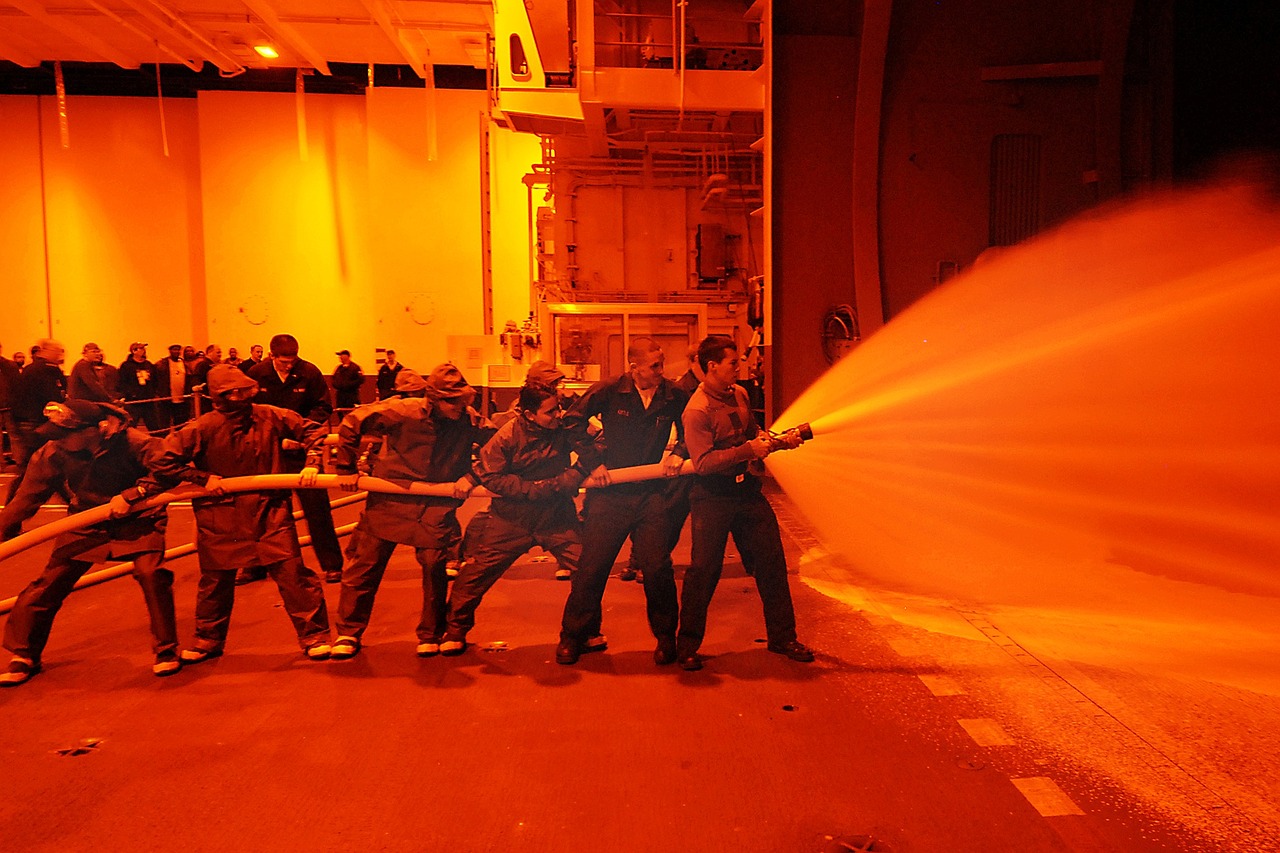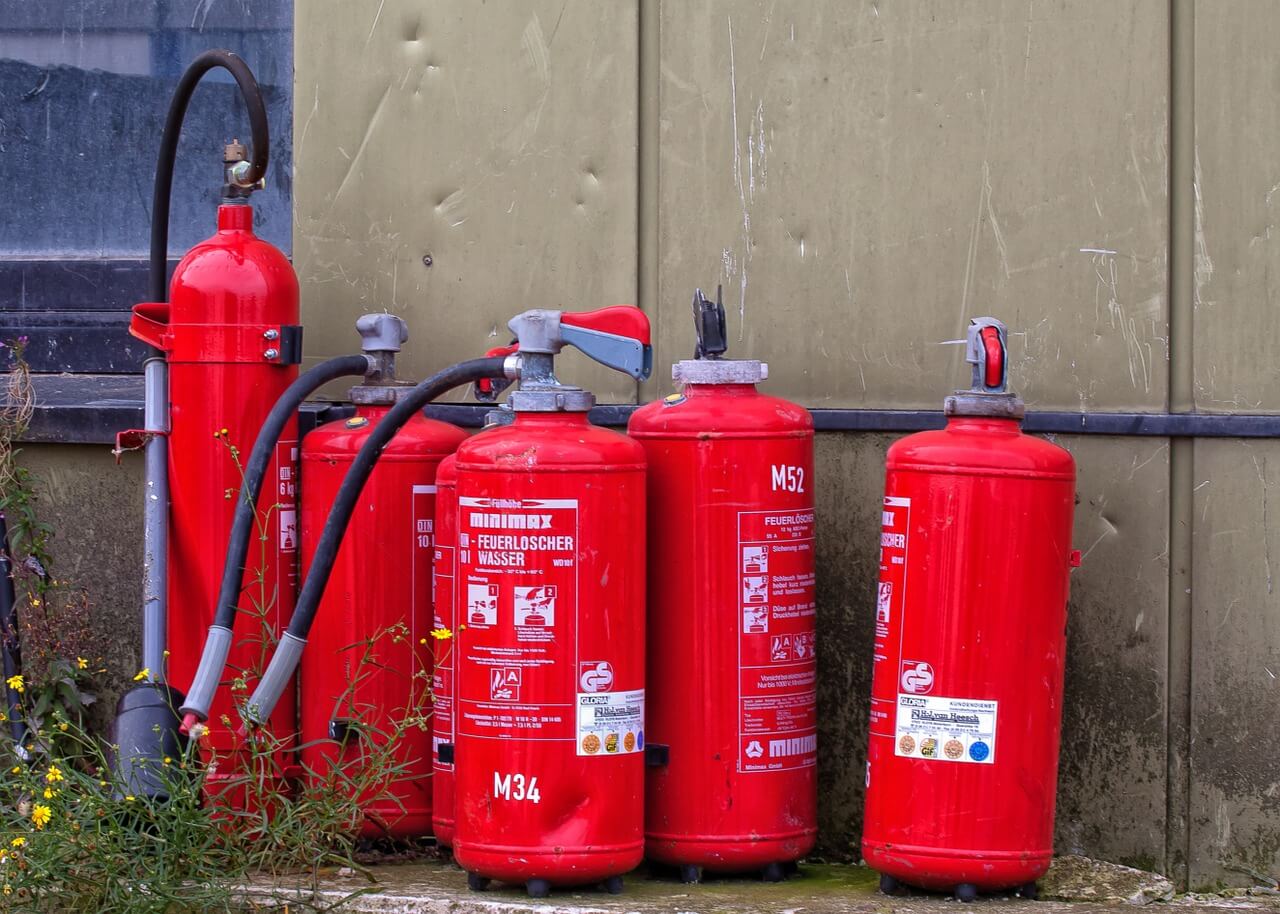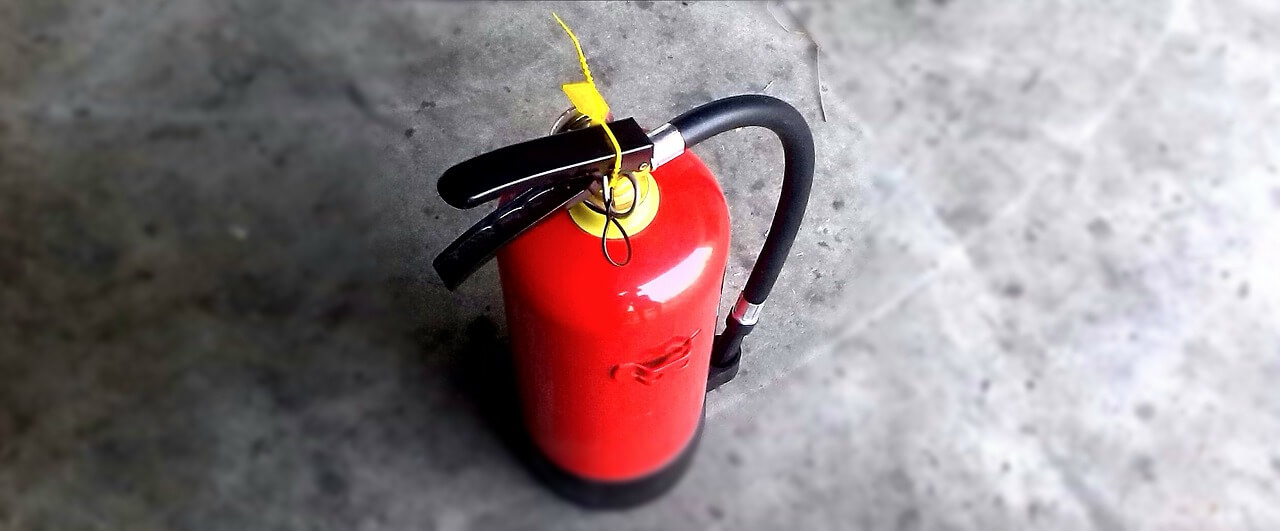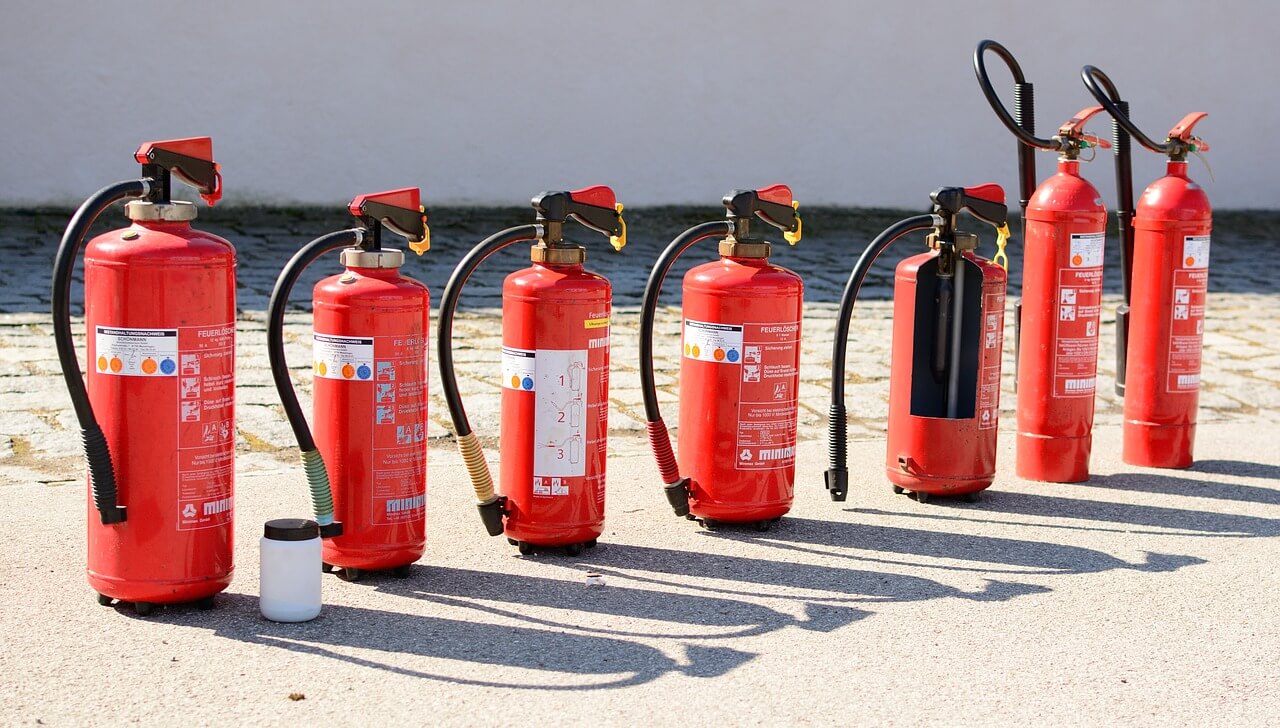It is not a secret or surprise that fire has been a very useful tool for mankind. From cooking to fields like Military or construction industry and many other more that you can find everywhere and anywhere.
Basically its application is numerous and has an effect towards improving our way of lives for ages. Even at these modern times the use of fire cannot be avoided and as we all know it also brings its own risks.
Given that it is not possible to avoid using fire we are also risking ourselves to fire incidents. Since fire isn’t only limited to making our lives easier but also it could potentially harm us.
Considering that all industries and businesses likely have an application of fire even indirect ones. It’s not unusual that it got to the point that the government made a law about it. For the UK it’s The Regulatory Reform (Fire Safety) Order 2005 which obliges the industries and businesses to provide fire safety training for their employee(s).
Therefore, this is where Fire Safety Training comes in. Fire Safety Training is a requirement for every organization or business entity. Fire safety training informs and trains individuals and teaches how to use the necessary equipment designed to both reduce the risk of starting a fire and reduce the risk of injury in the event of a fire.
There should be appointed persons(s) from work to receive this fire safety training for the workplace, it is the employer’s responsibility to make sure of that. Of course equipment that is related to the matter likes of fire extinguisher or other necessary tools.
Risking fire incidents is not very smart. It’s not just about following the laws but also trying to make you would not be a victim of a circumstance which can be completely avoided.
http://www.aegis4training.com/




